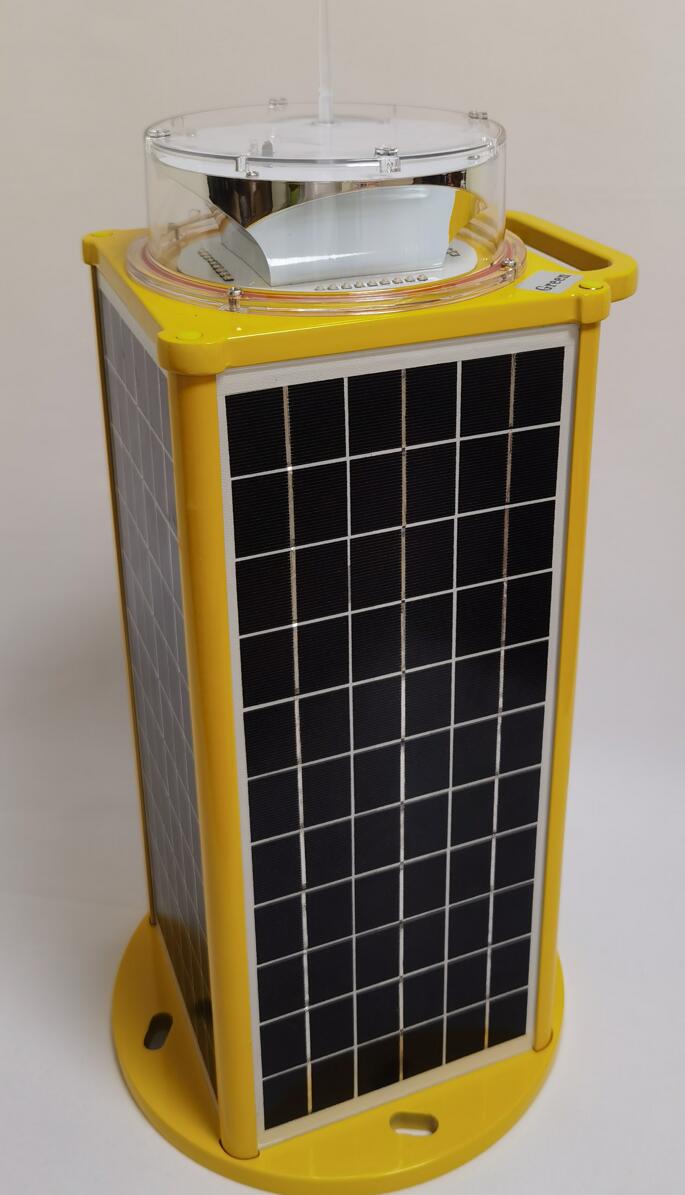Marine Solar Lights: Illuminating the Future of Maritime Safety and Sustainability
In the vast and unpredictable world of maritime operations, safety and sustainability are paramount. One innovation that has revolutionized the industry is the use of marine solar lights. These eco-friendly, energy-efficient lighting solutions are transforming how we navigate and secure our waters. In this article, we’ll explore the importance of marine solar lights, their applications, and why they are a game-changer for maritime safety and environmental conservation.
What Are Marine Solar Lights?
Marine solar lights are self-contained lighting systems powered by solar energy. Designed specifically for maritime environments, they are built to withstand harsh conditions such as saltwater corrosion, high winds, and extreme temperatures. These lights are equipped with solar panels that charge during the day and provide illumination at night, making them a reliable and sustainable lighting solution.
Why Are Marine Solar Lights Essential?
Sustainability: By harnessing solar energy, marine solar lights reduce reliance on fossil fuels and minimize carbon emissions, contributing to a greener planet.
Cost-Effectiveness: Once installed, these lights require minimal maintenance and no ongoing energy costs, making them a cost-effective choice for maritime operations.
Reliability: Marine solar lights are designed to operate independently of external power sources, ensuring consistent performance even in remote locations.
Safety: Proper lighting is critical for preventing accidents and ensuring safe navigation in ports, harbors, and open waters.

Applications of Marine Solar Lights
Marine solar lights are versatile and can be used in a variety of maritime settings, including:
Navigation Aids:
Purpose: Mark channels, buoys, and hazards.
Function: Guide vessels safely through waterways.
Examples: Solar-powered buoys and channel markers.
Port and Harbor Lighting:
Purpose: Illuminate docks, piers, and loading areas.
Function: Enhance safety and efficiency during nighttime operations.
Examples: Solar dock lights and perimeter lighting.
Offshore Platforms:
Purpose: Provide lighting for oil rigs, wind farms, and other offshore structures.
Function: Ensure safety and visibility for workers and vessels.
Examples: Solar floodlights and obstruction lights.
Emergency and Rescue Operations:
Purpose: Mark emergency exits, life rafts, and rescue paths.
Function: Improve visibility during critical situations.
Examples: Solar-powered emergency beacons and lifeboat lights.
Fishing and Aquaculture:
Purpose: Light up fishing boats and aquaculture farms.
Function: Enhance safety and productivity.
Examples: Solar deck lights and cage lights.
| Marine Solar Lights |
| Marine Solar Light |
Advantages of Marine Solar Lights
Energy Efficiency: Solar-powered lights use renewable energy, reducing operational costs and environmental impact.
Durability: Built to withstand harsh marine conditions, these lights are resistant to corrosion, UV rays, and water damage.
Ease of Installation: Marine solar lights are easy to install and require no wiring, making them ideal for remote or hard-to-reach locations.
Low Maintenance: With no need for external power sources or frequent replacements, these lights are virtually maintenance-free.
Versatility: Available in various designs and brightness levels, marine solar lights can be customized to meet specific needs.
Innovations in Marine Solar Lights
The marine solar lighting industry continues to evolve, with advancements such as:
Smart Lighting Systems: Lights equipped with sensors and automation for optimal performance.
High-Capacity Batteries: Extended battery life for longer illumination periods.
Modular Designs: Lights that can be easily upgraded or repaired.
Integrated GPS: Lights with tracking capabilities for enhanced navigation.
Choosing the Right Marine Solar Lights
When selecting marine solar lights, consider the following factors:
Brightness: Ensure the lights provide sufficient illumination for your specific application.
Durability: Look for lights made from high-quality, corrosion-resistant materials.
Battery Life: Choose lights with long-lasting batteries to ensure reliable performance.
Certifications: Verify that the lights meet international maritime safety standards.
Fun Facts About Marine Solar Lights
Eco-Friendly Impact: A single marine solar light can reduce carbon emissions by up to 1 ton over its lifetime.
Global Adoption: Marine solar lights are used in over 100 countries, from bustling ports to remote lighthouses.
Historical Roots: The first solar-powered marine lights were introduced in the 1980s, paving the way for modern innovations.
Marine solar lights are more than just a lighting solution—they are a symbol of progress in the maritime industry. By combining sustainability, reliability, and innovation, these lights are helping to create safer and greener waters for everyone. Whether it’s guiding ships through treacherous channels, illuminating offshore platforms, or enhancing emergency response efforts, marine solar lights are proving to be an indispensable tool for modern maritime operations.
For shipowners, port operators, and maritime authorities, investing in marine solar lights is not just a practical choice—it’s a commitment to a brighter, more sustainable future. As we navigate the challenges of the 21st century, marine solar lights are lighting the way forward, one beam at a time.
